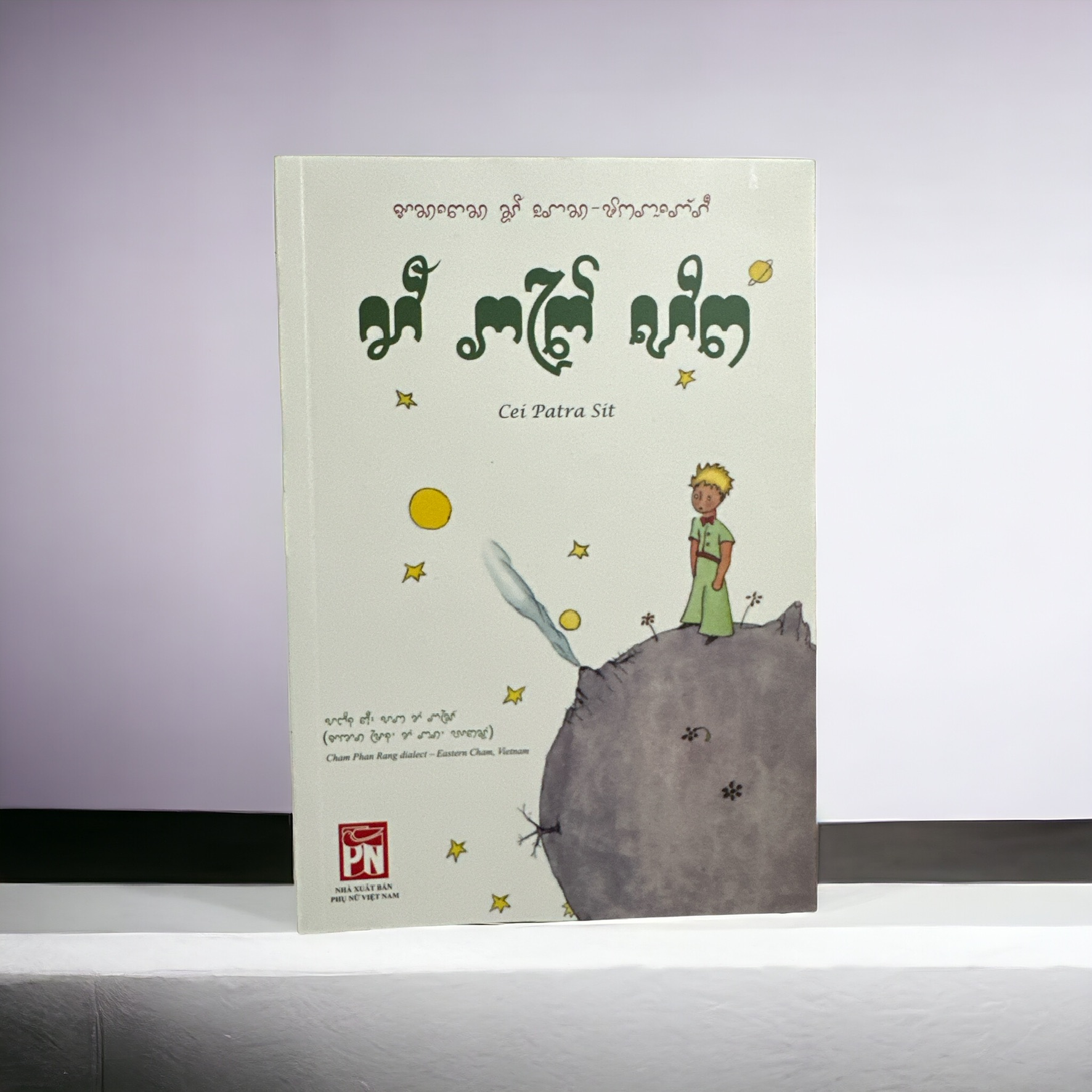
Cei Patra Sit — in eastern dialect of Cham language.
The Cham language refers to a group of closely related languages spoken by the Cham people, an ethnic group indigenous to Southeast Asia. Their presence is historically significant in regions that are now part of modern-day Vietnam and Cambodia, with migrations and communities also found in Thailand and Malaysia. Cham languages are part of the Austronesian language family, which includes languages spoken across the Pacific and Indian Oceans, from Madagascar to Easter Island.
The majority of Cham speakers reside in Vietnam, particularly in the central provinces such as Ninh Thuận and Bình Thuận, where they form a significant minority. A smaller Cham community exists in Cambodia, mainly in the regions along the Mekong River.
Cham languages belong to the Malayo-Polynesian branch of the Austronesian family. This vast language family covers a wide geographical area, with Cham being one of its westernmost representatives. The Cham languages are divided into two primary dialects or branches: Western Cham, spoken predominantly in Cambodia, and Eastern Cham, found mainly in Vietnam. These dialects exhibit differences in phonology, vocabulary, and grammar.
Cham languages have a rich vowel system, including vowel length distinction and several diphthongs. The consonant systems are characterized by a variety of stops, nasals, and approximants. These languages exhibit a typical Austronesian alignment known as the voice system, where the focus of the sentence can shift between the actor, the object, and other thematic roles through the use of verbal affixes.
Historically, the Cham people used the Cham script, an indigenous writing system derived from the Brahmi script of ancient India. This script is still used in religious and cultural contexts, particularly among the Cham in Vietnam. Additionally, Arabic script (Jawi) is used by the Muslim Cham in Cambodia and Vietnam for religious texts. In Vietnam, the Latin alphabet has also been adapted for use with the Cham language, facilitating education and literacy.


